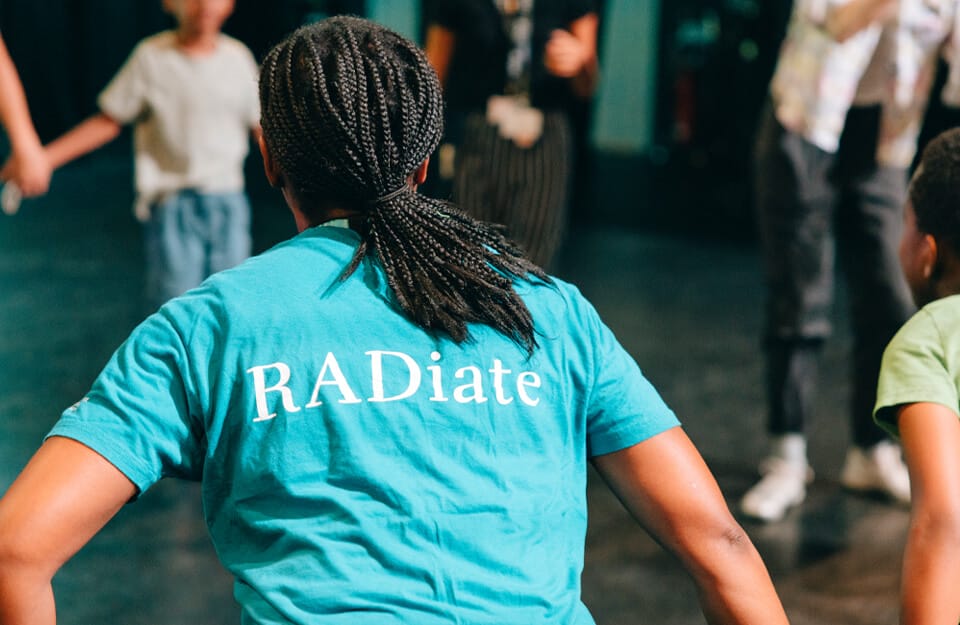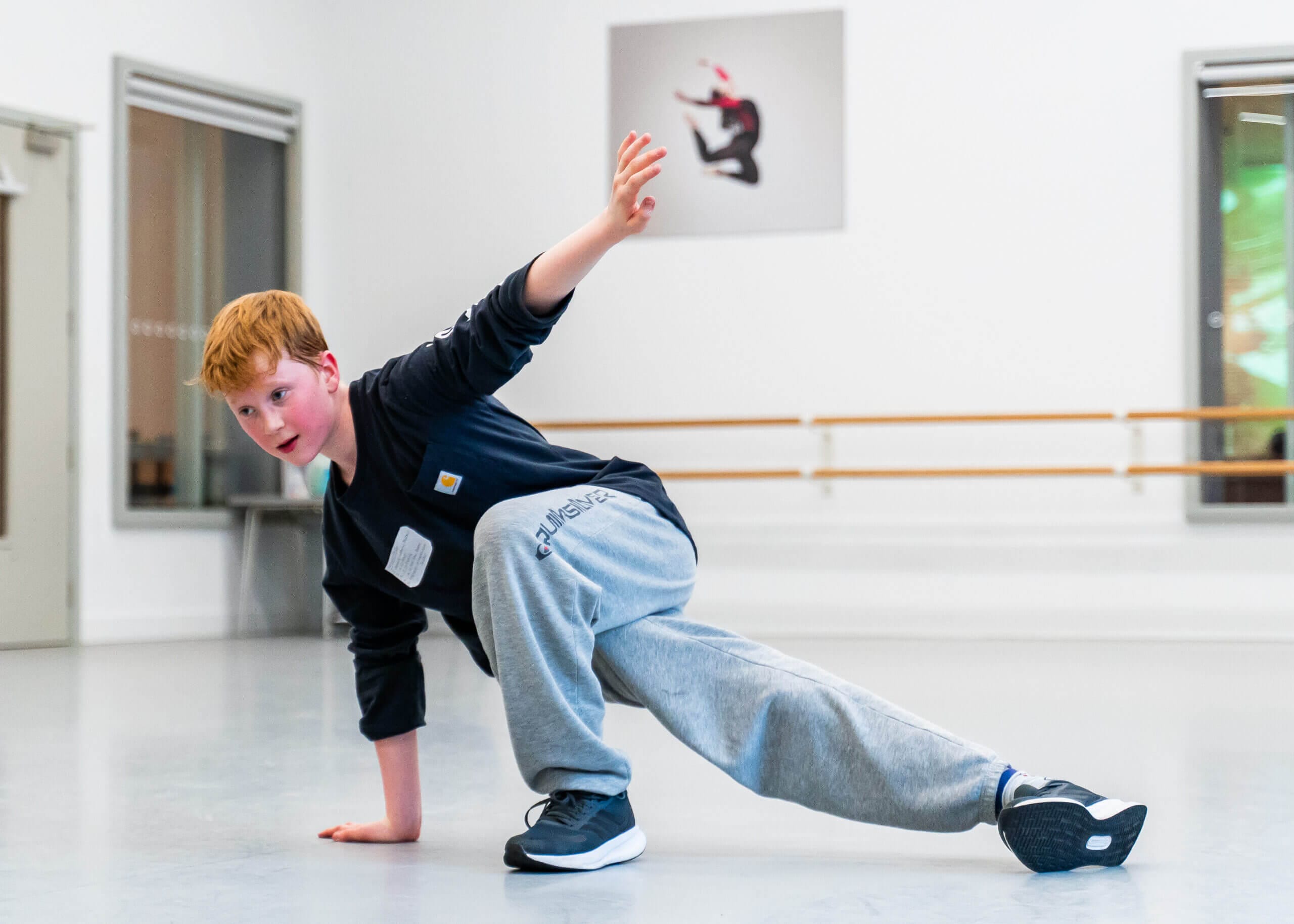Spotlight on RAD dance scholarship scheme scholars
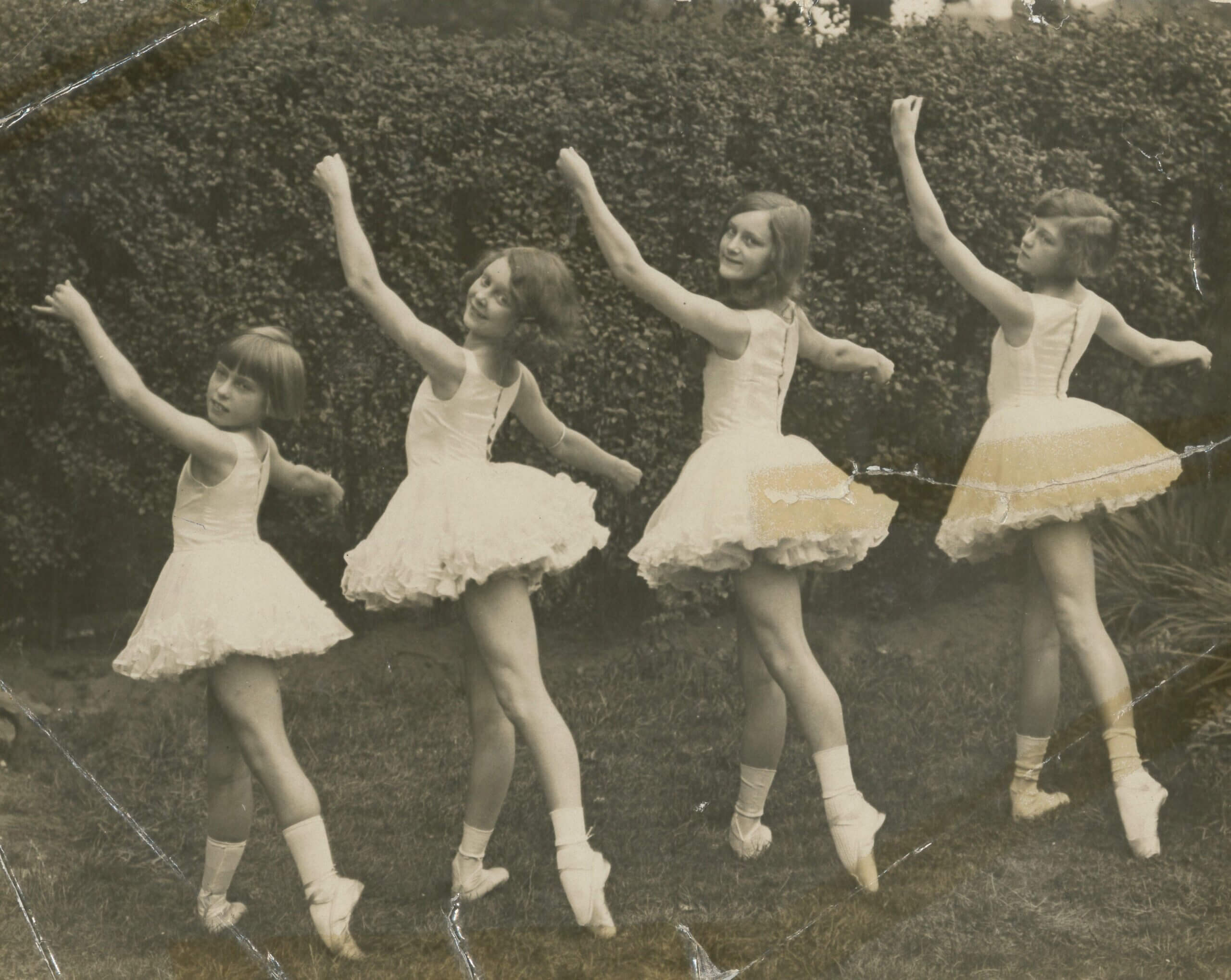
Four original dance scholarship scholars: (L-R) Kathleen Pearce, Anna Vaughan, Margaret Turner and Sissie Smith, pictured in 1926.
We are celebrating the centenary of the RAD’s original Children’s Dance Scholarship scheme, launched in 1925.
This pioneering dance scholarship scheme ran for nearly 60 years and saw more than 2,000 young people benefit from two free ballet classes a week at centres around the UK, and is reflected in many of the vocational ballet school associate programmes on offer today.
Although the original scheme is no longer available, the RAD offers a range of bursaries to help enter exams or cover programme tuition. In addition, all candidates competing in The Margot Fonteyn International Ballet Competition have the opportunity to be considered for a variety of tuition scholarships with some of the world’s leading dance companies and schools.
Offering these opportunities is fundamental to our promotion of the art of dance and ensuring its growth and development through exceptional dance education and training programmes everywhere.
Such was the scheme’s impact, its legacy lives on in today’s vocational ballet school associate programmes taught around the world.
RAD Vice President and scholar Wayne Sleep said: “With thanks to the RAD. The scheme gave me the chance to get a place at the Royal Ballet School when I was 12 years old, because I’d been trained rather well with the RAD syllabus. When I auditioned, it stood me in good stead, and I got a place out of 250 other kids!”
Past scholars
January – Sissie Smith (1914-1989)
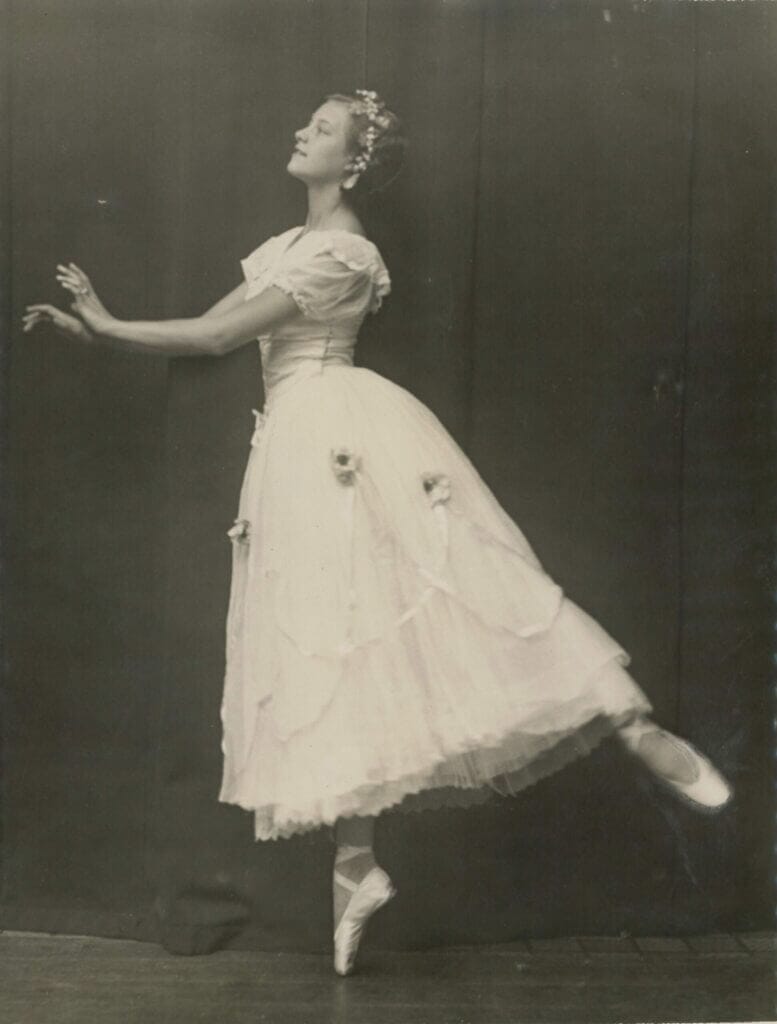
Sissie Smith was one of the original scholars in the scheme. She was selected at the first audition in December 1925 and taught by Adeline Genée. In 1929, aged just 15 years old, she was asked to take part in the ballet Coppélia, produced by Alexander Genée, for the Association’s Special Matinée performance at the Gaiety Theatre. She was also one of five students chosen to go to Copenhagen in 1932 to dance with the English Ballet Company in front of the King and Queen of Denmark.
A pupil of Pauline and Noreen Bush in Nottingham, she opened her own school in 1929, entering pupils for auditions and becoming the first dance scholarship teacher in the Nottingham area in 1931. In 1945, she became a children’s examiner for the RAD and later the first chair of the RAD East Midlands region.
In 1979, she recreated the original Adeline Genée Port de Bras Adagio, which was added to the Solo Seal syllabus in the autumn of that year and is still in use today. In 1984, she was awarded a Fellowship of the RAD.
February – Pamela May (1917 – 2005)
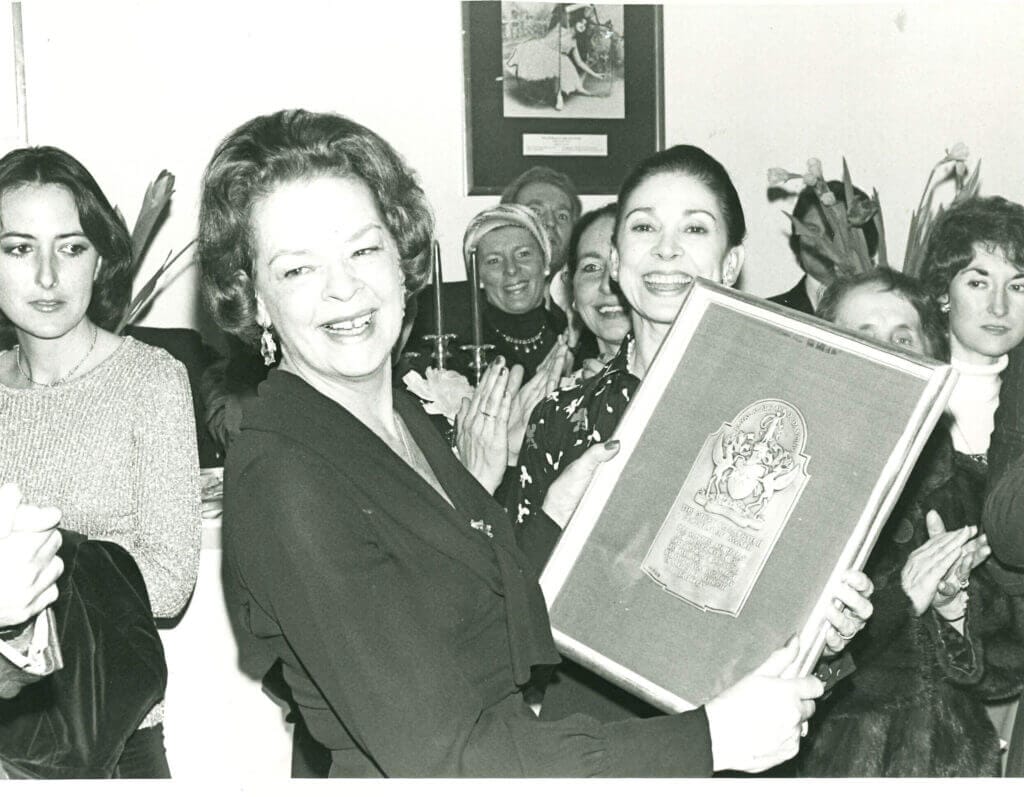
Pamela May (born Doris May) was one of the earliest RAD scholars, taking up her dance scholarship in 1929 aged 12 years. She held the dance scholarship for three years before Ninette de Valois invited her to join the Vic-Wells Ballet School, saying she was one of the best-trained children she had ever seen. In a later interview, May said, ‘I was pure RAD trained’ and ‘the RAD produced me’.
While still a scholar, aged 15, she was chosen to perform with the English Ballet Company on a tour to Copenhagen in 1932, initiated by Adeline Genee as a showcase for British Ballet abroad and performing in front of the King and Queen of Denmark. In 1934, aged 17, she made her debut with the Vic-Wells Ballet Company (later The Royal Ballet), adopting the stage name Pamela May in 1935. Numerous roles were created for her, including the Red Queen in Checkmate (de Valois), Violet in Wedding Bouquet (Ashton), one of the Red Girls in Les Patineurs (Ashton) and in 1938, the role of The Moon in Horoscope (Ashton).
Alongside her success as a principal dancer with The Royal Ballet, May continued her involvement with the RAD and the dance scholarship scheme, becoming both a member of the Executive Committee and President of the Old Scholars Club in 1947. In 1951, she joined the RAD’s technical committee, later becoming a respected teacher for the Royal Ballet School and the RAD’s London scholars. In 1976, she received the RAD’s Queen Elizabeth II Coronation Award for her outstanding contribution to the art of ballet and the following year was awarded an RAD Fellowship. May became a Vice-President for the Academy in 1982, and in 1998, she was honoured with an OBE for her considerable contribution to the dance world.
March – Celia Franca (1921 – 2007)
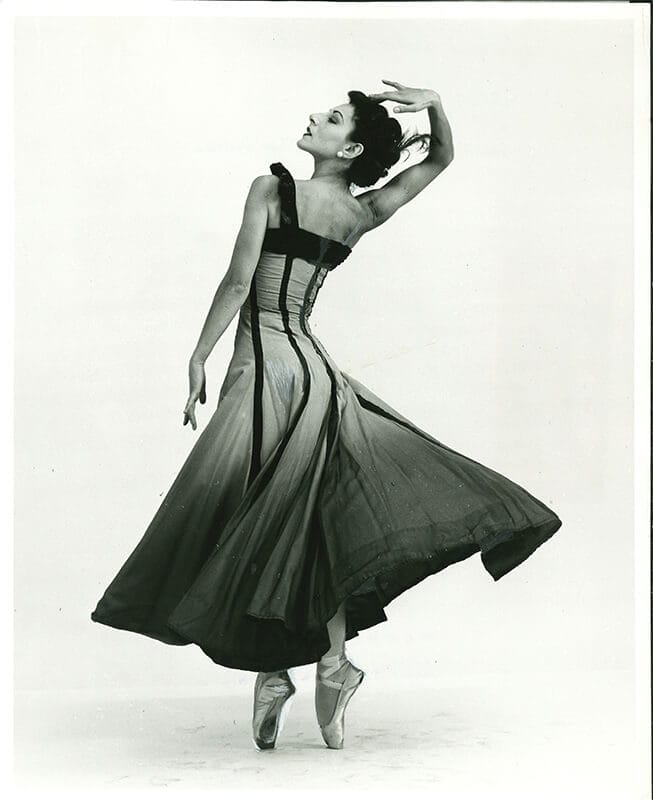
Celia Franca (born Franks) began her ballet training aged 5 years old at the Guildhall School of Music, before transferring to RAD teacher Lilian Oakshott at the age of 7. She was awarded a RAD dance scholarship when 12 years old in 1933, which she held for 3 years, achieving her Advanced certificate in 1935, under the tutelage of Judith Espinosa.
In 1936, aged 15, she appeared in the West End musical ‘Spread it Abroad’ before joining the Ballet Rambert as a member of the corps de ballet and later as a soloist, gaining valuable experience from choreographers such as Anthony Tudor and Frederick Ashton. After a brief period with Les Ballets Trois Arts and Mona Inglesby’s International Ballet, she joined the Sadler’s Wells Ballet in 1941, where she became one of the company’s most distinguished demi-character dancers, creating roles in Robert Helpmann’s Hamlet and Miracle in the Gorbals, and Andrée Howard’s Le Festin d’Araignée. Subsequently, she choreographed the ballets Khadra (1946) and Bailemos (1947) for Sadler’s Wells Opera Ballet and joined the newly formed Metropolitan Ballet as soloist and ballet mistress in 1947. In 1951, she moved to Toronto, Canada, where she founded and directed the National Ballet of Canada, co-established the Canadian National Ballet School in 1959, and remained Artistic Director of the company until 1974.
In 1972, the National Ballet of Canada embarked on their first European tour, starting with a Royal Gala performance in London, generously given in aid of the RAD and the Cecchetti branch of the ISTD. Throughout her career, Franca received many honours, including the Order of Canada in 1967, a Companion of the Order in 1985, the Canada Dance Award in 1984 and the Governor General’s Performing Arts Award in 1994. Her early RAD training and professional experience were at the heart of her aim to make her dancers into a technically superb classical ballet company in the British ballet style.
April – John Hart (1921-2015)
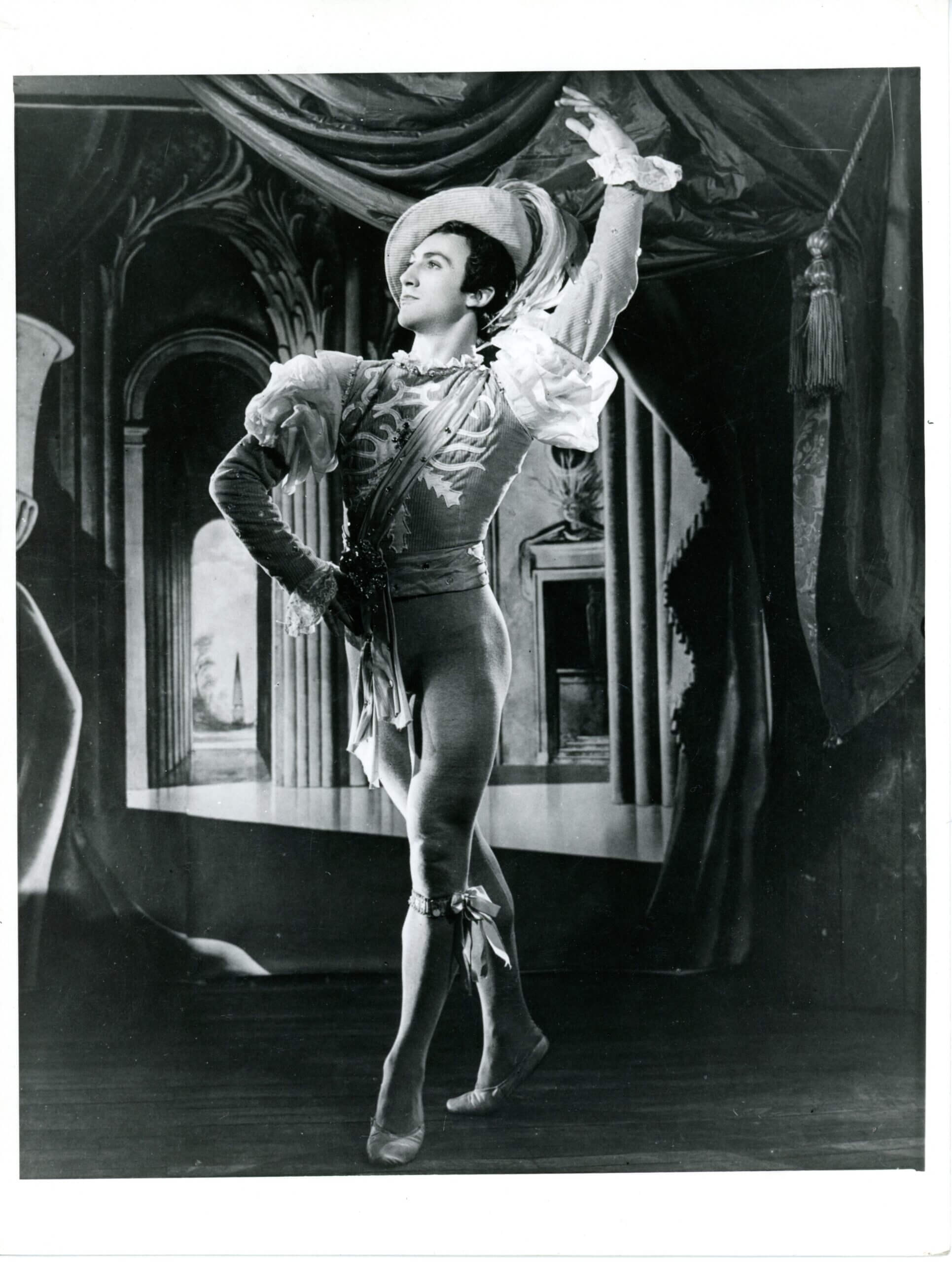
John (Jack) Hart studied ballet with Judith Espinosa and was awarded an RAD dance scholarship in 1934, aged 13, together with a choreography scholarship. He held the dance scholarship for five years and in 1939, was the first to receive the Adeline Genee Gold Medal for male dancers.
In 1938, he joined the Sadler’s Wells Ballet company and, between 1938-1942, danced all the principal roles in the classical repertoire. He then served in the Royal Air Force for four years before returning to the company in 1946 and participating as a soloist in its first tour of the USA and Canada in 1949. He created roles in Hamlet (Helpmann), Sylvia (Ashton) and Homage to the Queen (Ashton) and partnered many of the new generation of ballerinas, including Pamela May, Margot Fonteyn, Svetlana Beriosova, Violetta Elvin, and Nadia Nerina.
In 1955, he was appointed Ballet Master of the Sadler’s Wells company, and in 1962, he became one of three assistant directors of The Royal Ballet. While remaining as an administrator of The Royal Ballet between 1975-1977, much of his remaining career was spent abroad as Director of PACT Ballet in South Africa (1970-1974), Artistic Director of San Diego Ballet Company (1980-1985) and Artistic Director of Ballet West, Salt Lake City, U.S.A. (1986-1997).
In the late 1950s, while Ballet Master for the Sadler’s Wells/Royal Ballet company, Hart published two books of his own photographs of dancers both in performance and backstage. In 1970, he was the recipient of the RAD’s Queen Elizabeth II Coronation Award, and in 1971, he was awarded a CBE for services to British Ballet.
May – Gillian Lynne (1926-2018)
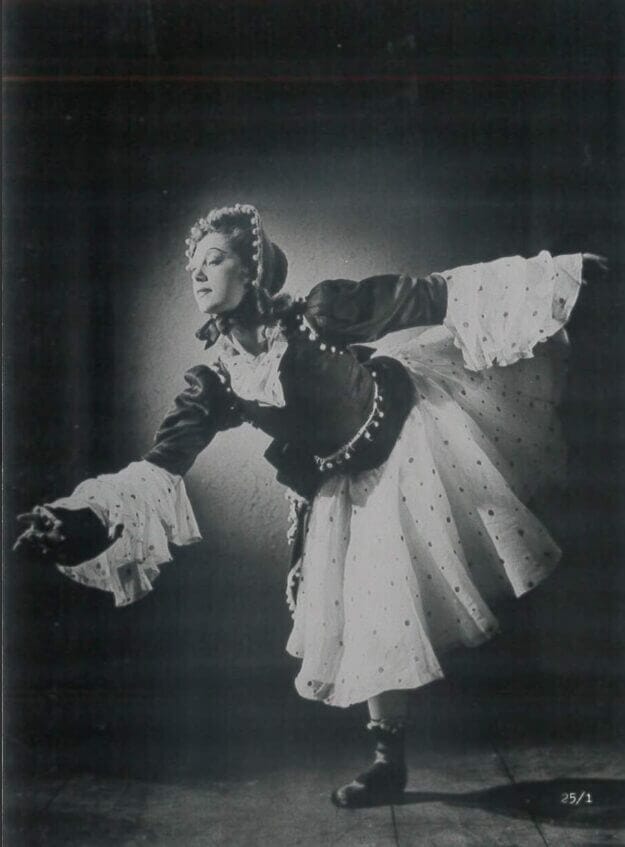
Gillian Lynne (Jill Pyrke) was awarded an RAD dance scholarship in 1938 at the age of 12. This was interrupted two years later by evacuation out of London and her mother’s death. She was then enrolled at the Cone-Ripman School (later Arts Educational) and gained her RAD Solo Seal in 1942. In 1943, Lynne was offered her first professional contract by Molly Lake, founder of the Ballet Guild. During a performance with this company, she danced the role of Odette in extracts from Swan Lake and was noticed by Ninette de Valois, who invited her to join the Sadler’s Wells Ballet Company in 1944.
Here, Lynne was a soloist until 1951, dancing a wide variety of roles in ballets that included Checkmate, Sleeping Beauty, Giselle, Ballet Imperial, Cinderella, Symphonic Variations, Nocturne, Les Patineurs, Daphnis and Chloe, Façade, Miracle in the Gorbals and Hamlet. She then broadened her dance experience by becoming principal dancer at the London Palladium, and her subsequent career flourished as a dancer and choreographer in the West End.
In the early 1960s, she began choreographing stage productions, in subsequent years directing over 60 productions in the West End and on Broadway, participating in 21 feature films and hundreds of TV productions as producer, director, choreographer and performer. Perhaps she is best known for her collaborations with composer Andrew Lloyd Webber on the musicals Cats, Phantom of the Opera and Aspects of Love.
Lynne has been described as the finest exponent of modern stage dancing of her generation, but she claimed that everything she had ever done was from a strong classical basis. She was a great supporter of the RAD and in 2001 was awarded the Queen Elizabeth II Coronation Award for a lifetime’s achievement in dance. In 2005, she choreographed four variations for the RAD’s Fonteyn Nureyev Young Dancers Competition, and in 2012 became a vice-president.
Throughout her life, she received many awards and accolades, becoming a CBE in 1977 and a DBE in 2014. In 2018, just a few weeks before she died, the New London Theatre was renamed the Gillian Lynne Theatre in her honour.
June – Wayne Sleep (1948 – )
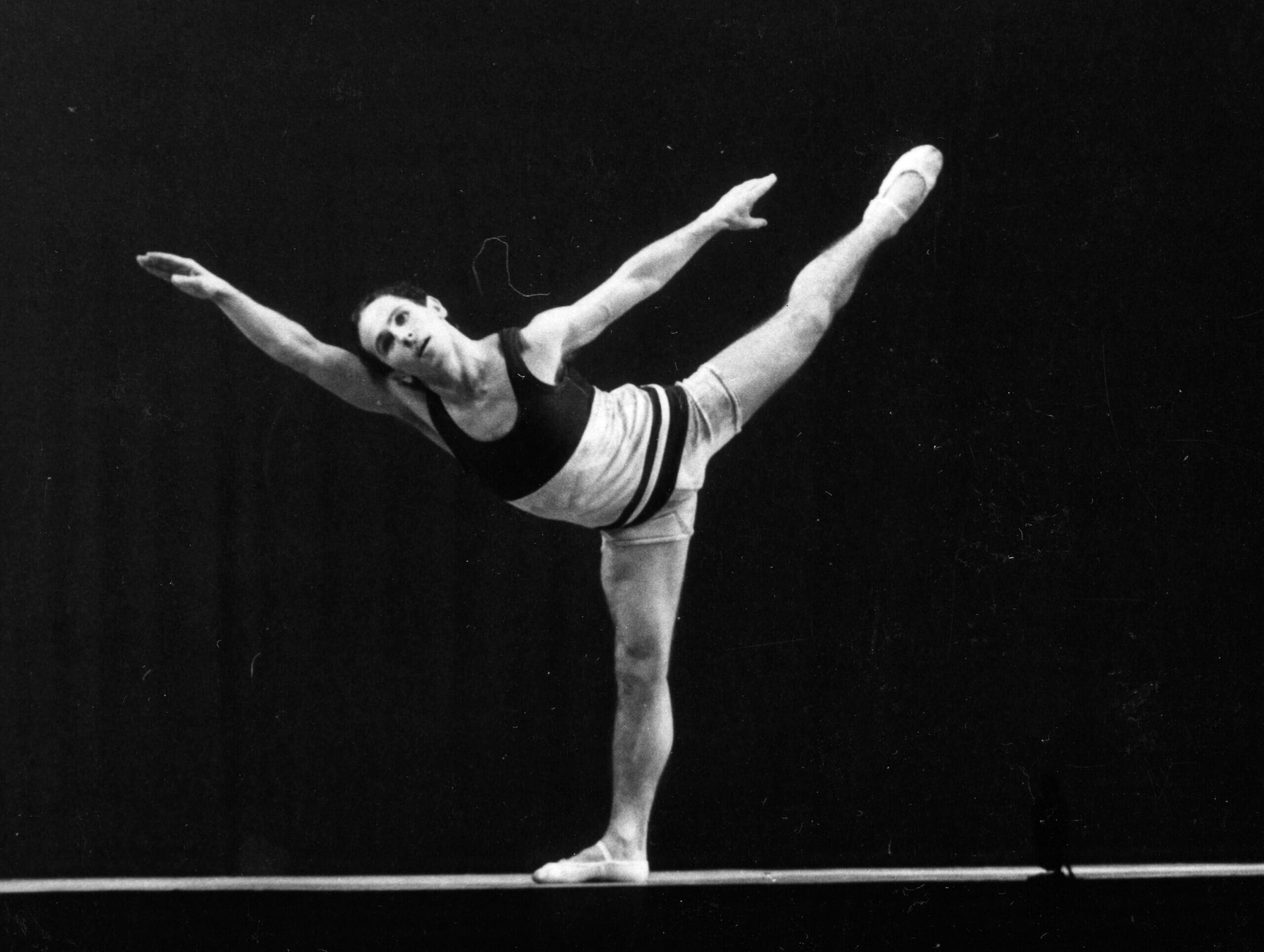
Wayne Sleep received his early training from Muriel Carr in Hartlepool before being awarded an RAD Scholarship in 1960, based at Newcastle. In his recent memoir, he describes this as a ‘godsend’ and a ‘significant step up the ballet ladder.’ Re-awarded a further year at the annual scholars’ retest, he then won a Leverhulme scholarship to The Royal Ballet School, transferring from White Lodge to the Upper School in 1964. He joined The Royal Ballet company in 1966 and became a principal in 1973.
While in the company, many roles were created for him because of his exceptional virtuoso technique and demi-character skills. Outstanding roles included Puck in The Dream, Jester in Cinderella, Blue Boy in Les Patineurs, Alain in La Fille mal Gardee, George Robertson Sinclair in Enigma Variations, and the Alaskan Rag duet in Elite Syncopations. Leading choreographers who created roles for him include Frederick Ashton, Kenneth MacMillan, Ninette de Valois, Rudolf Nureyev, and John Neumeier. He created the role of Mr. Mistoffelees in the Lloyd Webber musical Cats and starred in Song and Dance before developing a successful freelance career in film, theatre, television, and opera.
He is recognised not only as a dancer but also as an actor, choreographer, director and coach, directing several gala performances for charitable causes. In 1997, he was the co-producer for a gala celebration which saw the amalgamation of the Benesh Institute and the Royal Academy of Dance. The recipient of several awards and honorary university degrees, he received an OBE in 1998 for his services to theatre, in the same year establishing the Wayne Sleep Foundation, which continues to support students of dance, theatre and music. In 2003, he returned to The Royal Ballet company to guest as one of the Ugly Sisters in Cinderella, and in 2005, he became a vice-president of the Royal Academy of Dance.
July – Marguerite Porter (1948 – )
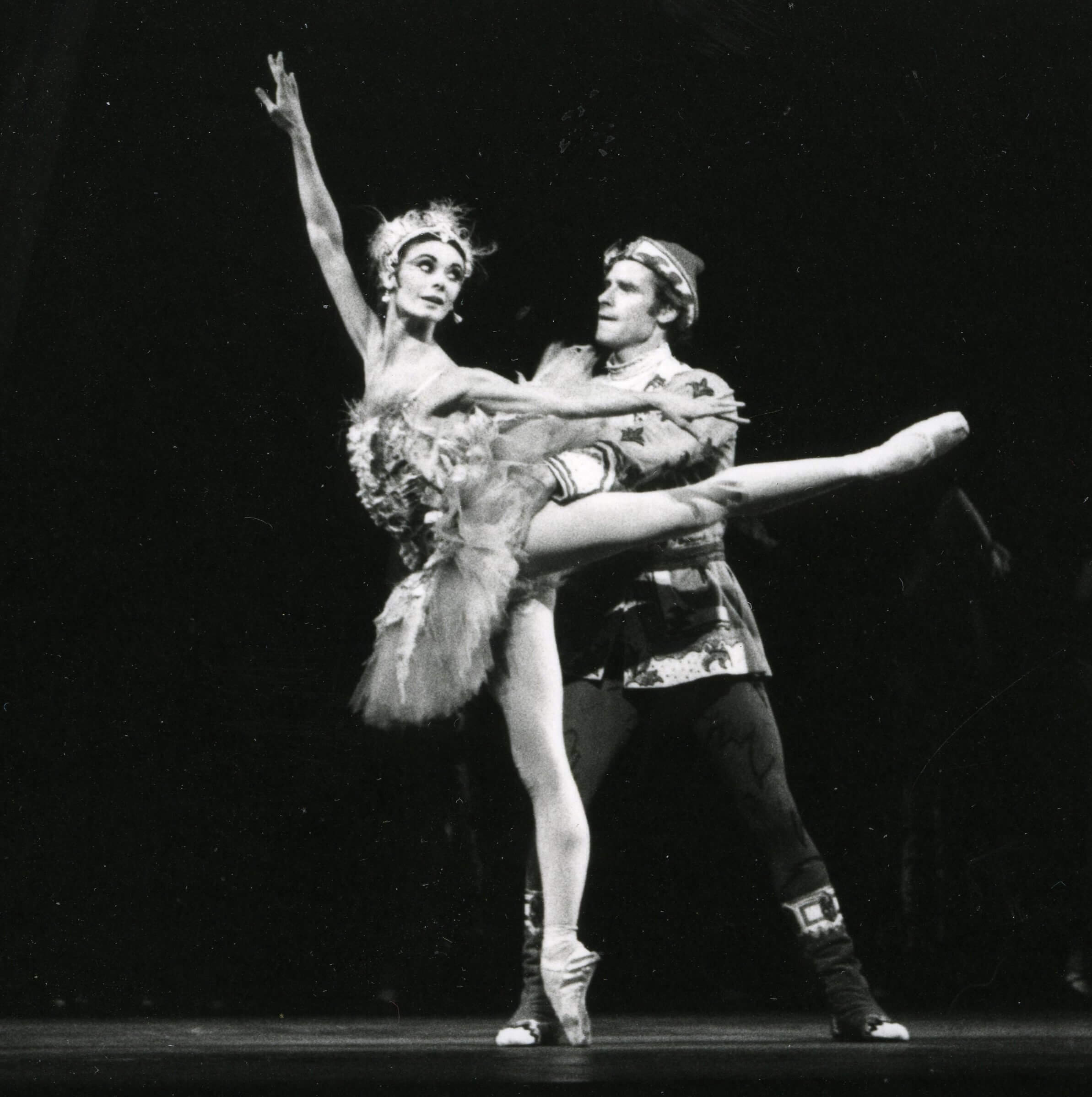
Marguerite Porter became an RAD scholar in 1960, aged 11, while a pupil of Sandra and Jenny Parker in Doncaster. She joined the RAD scholars centre in York, where her spiritual mentor and teacher was Louise Browne. In 1962, she won the Plender Cup for the most promising second year southern scholar and successfully auditioned for The Royal Ballet School in 1964.
She joined The Royal Ballet company in 1967, and early roles included Hermia in The Dream and Ysobel in Enigma Variations. In 1972, she joined the touring company for 12 months and, on returning to the main company, was promoted as soloist in 1973 and then principal in 1978. During her career she danced many of the principal roles in the company’s repertoire, including Sleeping Beauty, Swan Lake, Romeo and Juliet, Hamlet, Manon, Giselle, Daphnis and Chloe and Month in the Country. She worked with leading choreographers including Frederick Ashton, Jerome Robbins, and Hans van Manen. On leaving the Royal Ballet in 1985, she became a guest artist for a further three years.
Subsequent work included film and television appearances, choreographing productions for London City Ballet and teaching at The Royal Ballet School and the Ballet Rambert. For over 30 years, Porter was involved with Yorkshire Ballet Seminars either as a performer, teacher and director – the latter role she held between 2005-2017 – and she is credited with transforming this charity through her passion and dedication. She was also a governor of The Royal Ballet and Birmingham Royal Ballet companies. In 2015 she was awarded an MBE for her services to ballet.
In 1982, Porter returned to the RAD as a guest of honour at the Easter Scholars week, awarding trophies to the most outstanding scholars, and in 1994, she was a member of the judging panel for the Phyllis Bedells Bursary.
August – Marion Tait (1950 – )
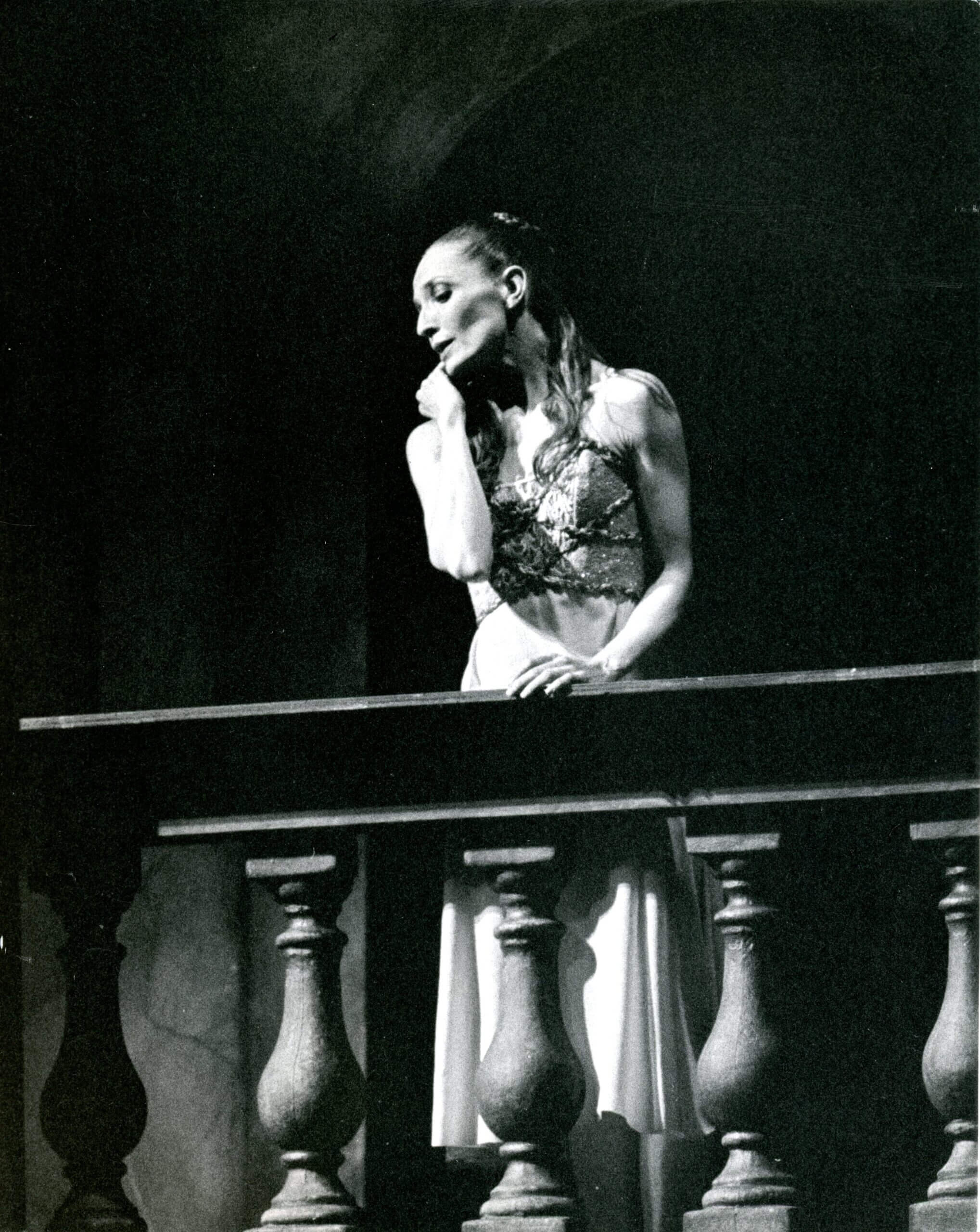
Marion Tait was awarded an RAD Scholarship in 1961, aged 10, while a pupil of Miss Iris Caldecott. A lasting memory for her was taking part with other scholars in the 1961 RAD Gala at Drury Lane, alongside Margot Fonteyn and Rudolf Nureyev. In 1963, Tait won the Plender Cup for the most promising second year scholar, and, in 1966, the Carshalton Cup for ‘the most promising fifth year’. She then successfully auditioned for The Royal Ballet School aged 15 and two years later, in 1968, joined The Royal Ballet’s touring company, later Sadler’s Wells Royal Ballet, where she became a principal, aged 24.
She danced leading roles in all of the classics as well as performing in Elite Syncopations, Las Hermanas, The Invitation, Hobson’s Choice, The Dream, The Burrow, Fall River Legend and Pillar of Fire. Leading choreographers who created roles for her included Kenneth MacMillan and David Bintley, with Tait being described as an intensely dramatic dancer with a flair for comedy that excelled in ballets by MacMillan and Antony Tudor.
In 1990, the company relocated and became the Birmingham Royal Ballet. Tait continued to dance (dancing her first Juliet in 1992) but increasingly took on more character roles that included the Nurse in Romeo and Juliet, Carabosse in The Sleeping Beauty, and later creating the Stepmother in Bintley’s Cinderella. In 1995, she was appointed as BRB’s Ballet Mistress, becoming Assistant Director to David Bintley in 2011. In 2021, she stood down from this role but remains with the company as Guest Repetiteur.
In 1980, Tait performed in the cabaret at the RAD’s Diamond Jubilee celebrations and was one of several professional artists to appear in a divertissement at the 1983 Adeline Genée Awards. Tait served as a member of the RAD’s Executive Committee from 1982-1993, was a guest of honour for the College graduation in 1987, and a judge for the Phyllis Bedells Bursary award in 1996.
Tait was awarded an OBE in 1992 and promoted to CBE in 2003 for her services to dance. In 1994, she was named Dancer of the Year and received the Evening Standard Ballet Award for Outstanding Performance. Tait collaborated with Desmond Kelly on an education project and television series, Ballet Hoo! Ballet Changed My Life, for which they were presented with the National Dance Awards Special Award in 2008, and in 2020, Tait was awarded The De Valois Award for outstanding achievement, both courtesy of the Critics’ Circle.
September – Stephen Jefferies (1951 – )
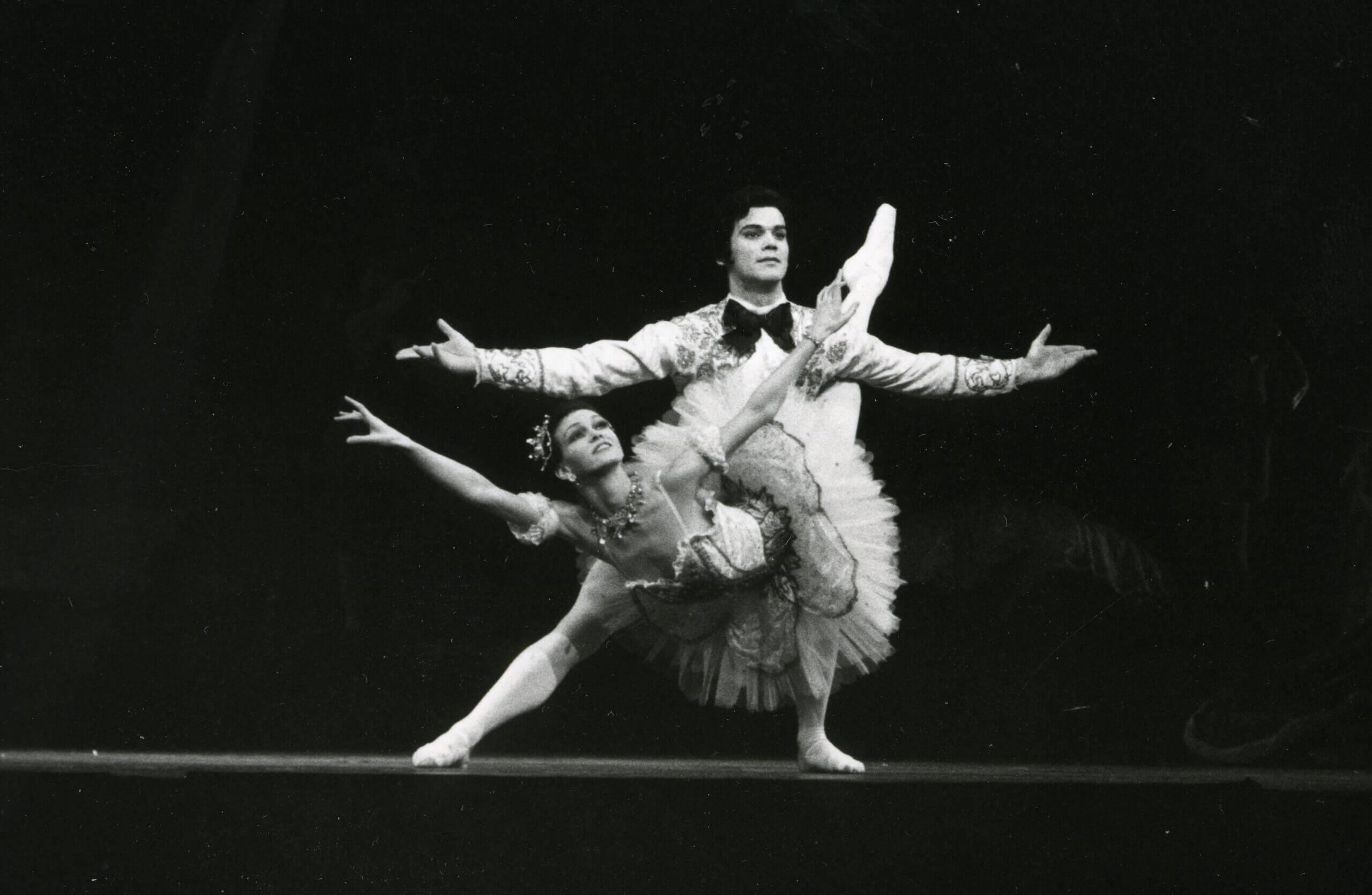
Stephen Jefferies was awarded an RAD scholarship aged 13, in 1964, while a pupil of Miss D. Houghton. His scholarship classes were held at the Birmingham centre, and in 1966, he was awarded the Sissie Smith Cup for the most promising second-year boy scholar at Scholars’ Week in London. In 1967, he won a scholarship to The Royal Ballet School and in 1969 joined the Royal Ballet touring company, dancing his first leading role as the Prince in The Sleeping Beauty just two months later.
Jefferies became a principal in 1973, dancing lead roles in a wide variety of repertoire by choreographers such as Peter Wright, Hans van Manen, John Cranko, Frederick Ashton, and Kenneth MacMillan. In 1976, he joined the National Ballet of Canada for a yea,r after which he returned to The Royal Ballet company at Covent Garden. Here, he was regarded as a particularly versatile soloist with strong dramatic skills, and roles were created for him in new works by choreographers including MacMillan, David Bintley, Glen Tetley, and Wayne Eagling. He danced all the male leads in the classical repertoire, was twice nominated for Laurence Olivier Awards for his outstanding performances, and in 1985 was voted ‘Dance of the Year’ by readers of Dance and Dancers magazine. In 1996, following his retirement from The Royal Ballet company, he became artistic director of the Hong Kong Ballet, expanding its repertoire with his own choreography, reworking full-length classics and introducing original pieces by international choreographers. In 2004, he was voted one of the top 20 artistic directors in the world by readers of Dance Europe magazine, and in 2006, he received the Hong Kong Dance Awards distinguished achievement prize. The same year, Jefferies became joint director and founder, with his wife Rashna Homji, of the Suzhou Ballet Theatre in China.
In 1980, Jefferies returned to the RAD as a guest of honour at London Scholars’ Week, feeling passionately that young students should be supported at the start of their careers. He was made a governor of The Royal Ballet, Birmingham Royal Ballet and The Royal Ballet School in 2017.
October – Lesley Collier (1947 – )
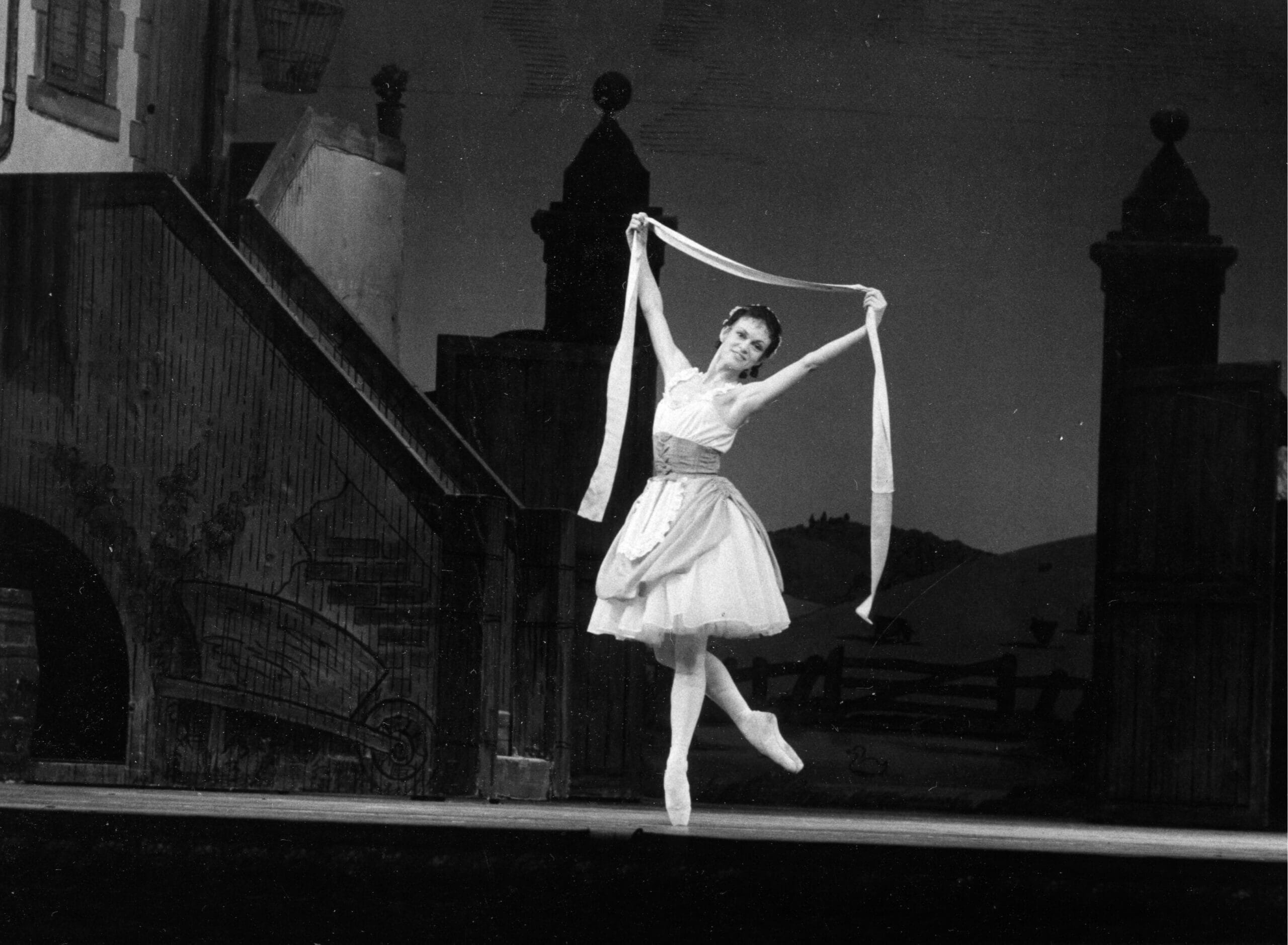
Lesley Collier became an RAD scholar at the Bromley Centre in 1957 at the age of 10, having been taught by Miss Irene Ayres. She was subsequently awarded the Girl Royal Ballet School scholarship for first year RAD scholars and joined White Lodge in 1958. She graduated from The Royal Ballet School in 1965, dancing the role of the Young Girl in Frederick Ashton’s The Two Pigeons for her graduation performance.
Collier then joined The Royal Ballet company and was promoted to soloist in 1970 and principal in 1972. There followed almost three decades of appearances with the company during which she danced most of the leading roles in the repertoire, being particularly associated with the roles of Lise in La Fille mal Gardée and Giselle. She created roles in Kenneth MacMillan’s The Four Seasons, Hans van Manen’s Four Schumann Pieces, Ashton’s Rhapsody, Glen Tetley’s Dances of Albion, Rudolf Nureyev’s The Tempest, and David Bintley’s Consort Lessons, Galanteries, and Cyrano. Among many plaudits, she has been described as “a dancer of rare musicality” and “of sparkling technique and speed”.
Collier retired from the stage in 1995 and became ballet mistress at The Royal Ballet School while also coaching principals at The Royal Ballet company from 2000 onwards. In 2022, she left her full-time role as répétiteur with the director Kevin O’Hare describing her as “a true inspiration to generations of dancers, leaving an indelible mark on the Company as a result of working so closely with Ashton and MacMillan”. In 1983, Collier served on the judging panel for the RAD’s annual Adeline Genée Medal Awards competition. In 1987, she received the Evening Standard Ballet Award and was appointed CBE in 1993.
November – Ruth French 1903 – 1986
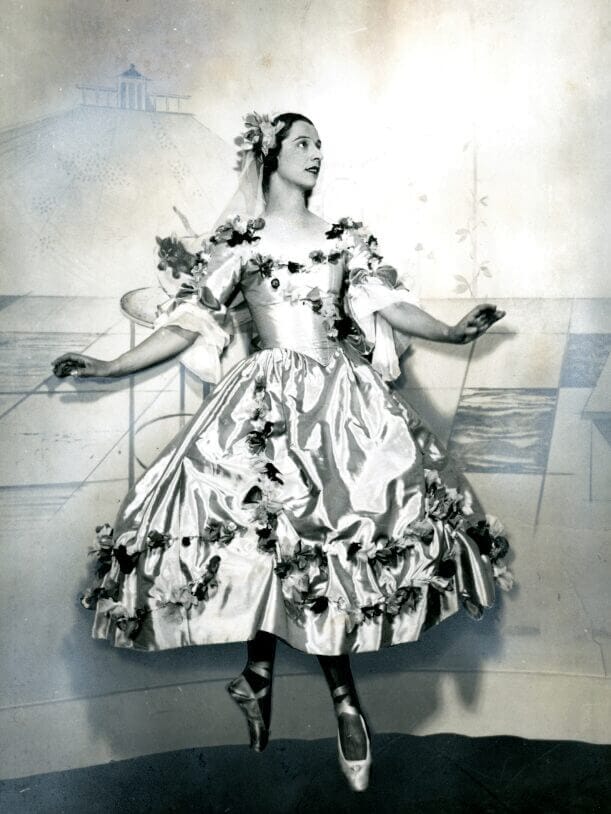
This month, for our penultimate scholars’ post, we shift focus to highlight one of the most fervent supporters of the scholarship scheme – Ruth French – who taught and adjudicated on regular occasions at the annual Scholars’ Week from as early as 1938 right up until the scheme ended in 1985.
French was a pupil of Miss Gwladys Dillon before training under Nicolas Legat, Serge Morosoff, and Sasha Goudin. She became principal dancer at the London Hippodrome in 1920, where, over the next four and a half years, she appeared in five of Julian Wiley’s revues, including Brighter London. It was in this that she created her trademark role as the ‘Jackdaw’ in The Jackdaw of Rheims ballet, performing the role at 603 consecutive performances. A witness to one of these performances was Anna Pavlova, who subsequently invited French to join her company as première danseuse classique – a role which in 1928-29 saw her touring South America, Egypt, Southeast Asia, and Australia.
After Pavlova’s death, French joined the Camargo Society’s summer season at London’s Savoy Theatre in 1932, appearing alongside Olga Spessiva and Anton Dolin in Giselle. In September of that year, she joined Ninette de Valois, Alicia Markova, and Phyllis Bedells in an all-British company organised by the Association of Operatic Dancing (later to become the RAD) performing at Copenhagen’s Royal Theatre in front of the King and Queen of Denmark. She then appeared as a guest artist for de Valois’ Vic-Wells ballet company, dancing the roles of the Sugar Plum Fairy in The Nutcracker, Swanilda in Coppelia and Odile in Swan Lake, opposite a young Margot Fonteyn’s Odette in 1935.
French also ran her own ballet school in London and was awarded the RAD’s Advanced Teachers’ Certificate in 1934. From this date onward, for over 45 years, she worked tirelessly for the RAD as a teacher and examiner, travelling extensively, and often for long periods of time, in Australia, Canada, South Africa, New Zealand and the United States. She also published a series of books with Felix Demery between 1934 and 1950, which were an essential guide to RAD syllabi.
In the late 1960s, French worked closely with RAD President Margot Fonteyn on a new children’s syllabus, contributing her own choreography to the senior grade, added in 1978. French served on the RAD’s Executive Committee (1936-1976), Grand Council, and Scholarship Committee before becoming chair of the London Region (1972-1986). She was the recipient of the 1972 Queen Elizabeth II Coronation Award and was awarded a Fellowship of the RAD in 1975.
In 1965, Ruth French, together with Louise Browne, ran a session at the RAD explaining the qualities that they looked for in a scholar – French emphasised that a good all-round physique must be accompanied by “stamina, a sense of co-ordination and a dance quality which was difficult to define.” In 1970, following a temporary halt on new auditions at Scholars’ Week, she acted as audition examiner in both the York and Cardiff Centres (supported by local funding), selecting 48 new scholars.
In 1983, she presented the Ruth French Cup for 1st year boy scholars, and following her death in 1986, the Ruth French Scholarship fund was established to help students further their training. Her influence was felt all around the world as a teacher and examiner, and particularly by scholars participating in the RAD scholarship scheme.
December – Louise Browne 1906 – 1996

For our final spotlight, we pay tribute to teacher Louise Browne, whose dedication, warmth and passion for dance inspired so many scholars and helped to launch the careers of several recognisable names working in dance today.
Born near Boston in the USA, Browne studied ballet under Alexis and Theodore Kosloff and Ivan Tarasoff. She also trained in singing and drama and began her career in musical comedies. In 1927, she came to London to star in The Girl Friend at The Palace Theatre, establishing herself as a firm favourite with London audiences. For the next few years, she worked on both sides of the Atlantic, finally settling in London in 1932 and appearing regularly in productions at the Gaiety Theatre. Browne’s talent was unique, and she was recognised as being a rare musical comedy star who also possessed beautiful classical ballet technique.
In 1945, she moved to Norway with her diplomat husband, whom she had married in 1939. There she opened a dance school with Gerd Kjolaas, and together they founded and directed Ny Narsk Ballett, which was eventually absorbed into the first Norwegian state ballet company. The company made its first appearance in the UK in 1949, and in 1950 Margot Fonteyn and Robert Helpmann appeared in two gala performances in Oslo in aid of Ny Narsk Ballett.
Browne returned to London in 1950, which marked the start of a long association with the RAD. When her husband retired and returned to his native Yorkshire in the mid-1950s, she became the first chair of the RAD north-east region and started teaching scholarship classes for the Leeds and Newcastle centres. In 1961, the Leeds centre transferred to Browne’s studio in York and absorbed students from the Newcastle centre when that closed in 1965.
In 1968, the RAD scholarship committee made the difficult decision to run down the existing scheme, which had become financially unsustainable. It was decided that any replacement scheme should rely upon local and industrial sponsorship organised regionally. Browne was the first to announce auditions for new scholars in the Yorkshire region, resulting from a three-year grant given by Yorkshire Television in 1969. This set a
precedent for other centres to follow and kept the scheme alive during a difficult period in its history. In 1979, she presented the Louise Browne trophy for the best scholar of the year at Scholars’ Week to Timothy Rushton.
In 1982, Yorkshire Television made a documentary about Louise Browne and the Yorkshire scholars. Entitled Dancing Stars, it was presented by Roy Castle and featured scholar Rebecca Holmes as an aspiring dancer preparing for a career in ballet. Holmes was awarded the Carshalton Cup for best fifth-year scholar in 1983, joining the Royal Ballet School in September of that year. Many of the York scholars went on to enjoy successful careers in dance, including Patricia Ruanne, Elaine McDonald, Marguerite Porter, Michael and Kevin O’Hare, Iain Webb, and David Pickering. When the scheme finally ended in 1985, Browne once again rose to the challenge of continuing to support training for talented dancers with the establishment of the Yorkshire Ballet Scholarship Centre, which she directed until the year before her death in 1996.
A member of the executive committee from 1961-1978, Browne also initiated and directed the RAD’s hugely successful International Summer School from 1965 until her retirement in 1981. In 1971, she was the recipient of the Queen Elizabeth II Coronation Award and was awarded a Fellowship of the RAD in 1975. In 1978, she was appointed an OBE for services to dance.
Her legacy was succinctly acknowledged in Dance Gazette with: “Few people have done more than Louise Browne to raise the standards of Ballet throughout Great Britain and the rest of the world. None have done it more modestly or unselfishly.” (1972, Number 1, p.3)
Anyone can contribute and help us carry on our valuable work as a dance charity. Find out more about all the different ways you can support dance.


